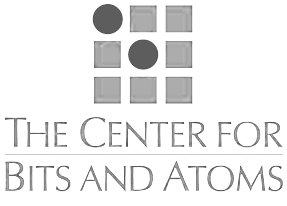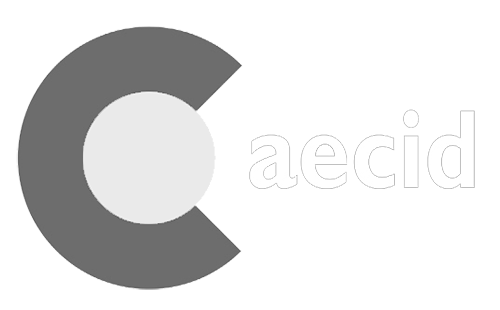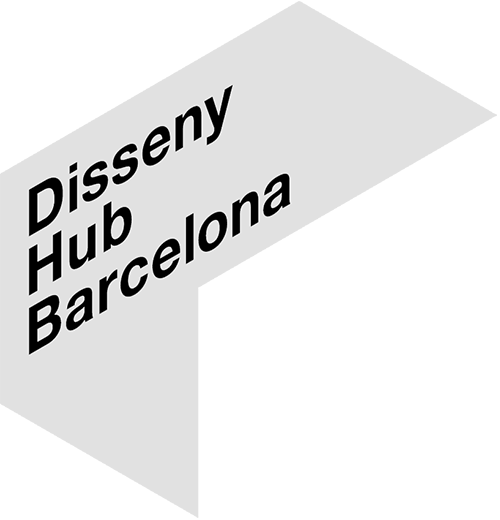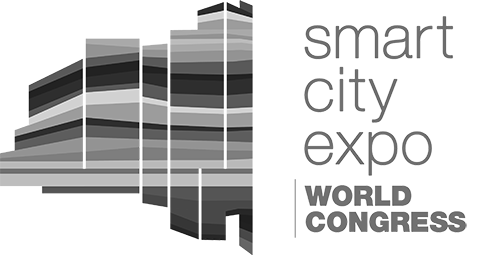Latest video on the history of technology and architecture
by Tomas Diez
Posted on September 10, 2015
Link to video
| Beyond Building Barcelona 2015 was the largest reunion of the construction sector and associated industries in Spain, Southern Europe, Northern Africa, and Latin America. The Pavilion of Innovation 2015 in Beyond Building Barcelona, curated by IaaC |
Fab Lab Barcelona, presented new ideas and construction paradigms emerging from international excellence in research and pilot projects, forming the basis of future buildings and cities. The video was projected in 4 large screen throughout the whole pavilion. |
FAB CITY REFERENCES
-
- A New Productive Ecosystem (SPA)
-
- Global transitions, Fab Labs and Fab Cities
-
-
-
- Fab Labs in the City: TEDx talk by Tomas Diez
-
- From Fab Labs to Fab Cities
-
-
- Democracy and Medieval High-Tech Cities – Interview with Tomas Diez 10 years of Fab Labs, 90 years of Fab Cities
RAW TEXT
Check the raw text of the script:
90 words
The first thing that made us human was the ability to develop tools and organise the way we live.
We occupied caves, and developed hunting tools in order to sustain life.
We later developed agriculture tools to stop the nomad life, and start settlements where climate and natural resources improved food production;
We domesticated animals; we created more complex tools; we started to accumulate surplus and then started to create markets,exchange knowledge faster thanks to the printing press, ending the medieval age.
This one finishes with the renaissance.
History about construction until the industrial revolution. Show how as pavement we lived, and how we evolve construction techniques thanks to new technology, the importance of agriculture to create more stable living. We invented the inhabitation of the world in constructed houses.
180 words
Machines entered into our life, changing the way we produce. The industrial revolution creates a new way to approach accumulation and capital. At first glance workers burned the mills at the textile factories, later these factories became the main attractor for people to move from the rural areas to cities; urban problems started to grow and then urbanism appeared as a science to organise, design and manage cities. The medieval walls of cities break, new cities are founded around new industries.
Housing is developed in a standardised way, the house as a machine, thanks to Ford we enter into the standardised world (the assembly line),the Bauhaus connects Design and industry,wireless communications make knowledge to travel faster,the military industry (thanks to the world) brings us more and more technology (plastics, microwave, computers, medicine, fast food).
We enter into the modern and contemporary world, electricity brings a new idea of urbanity and infrastructure. This one ends with the break of the Wall and the appearance of Internet (both are connected since Internet was developed during the cold war).
Show the effect of industrialisation in architecture and construction. House as a machine, the repetition of housing development, the consumer society.
150 words
During the 90’s computers and Internet become widespread, we start the foundations of the digital world in which we live today. We have been embedding connected computers in every other aspect of our life. Facebook, twitter, youtube, have turned us into producers of digital content, we can broadcast content as never before.
Today the world is ruled by computers: our cars, planes, refrigerators or microwave ovens are ran by simple or complex computers, which now are getting connected thanks to the Internet. 3D printing appears in the 80’s but mainly in advanced industries and research centres, it becomes accessible and popular when the Rep Rap project lower the access barrier to this technology, in an open source way, the same as Arduino or Fab Labs: new tools are providing ways for people to innovate and create, and to establish a more fluid connection between the digital and the physical world.
The rise of the digital technologies from the 60 and 70s. Computers bringing new tools, digital fabrication constructing a new way of making and building, Internet as a tool to share and collaborate. Digital life
136 words
Present – Future: Distributed manufacturing through digital fabrication is bringing back production to cities, materials are handled locally, the raise of the circular and spiral economies. We grow things introducing codes into materials, objects can assemble and disassemble themselves. The world is a whole connected network, not even using any type of antenna but a new language that communicates everything with everything (machines, animals, plants, humans, the planet and universe). There is no trash. This one should end with a new challenge, not sure which yet.
The future of construction is being invented today around digital fabrication technologies and connected knowledge.
The future of construction is going to be created today, is not only 3d printable houses or smart cities. In the future we will grow houses, will program materials, will inhabit space, will be all connected by an ubiquitous Internet in things, materials, people, everywhere. We will not use machines to make things, is the end of the machine era.
Move from the consumerist society to a productive one…






